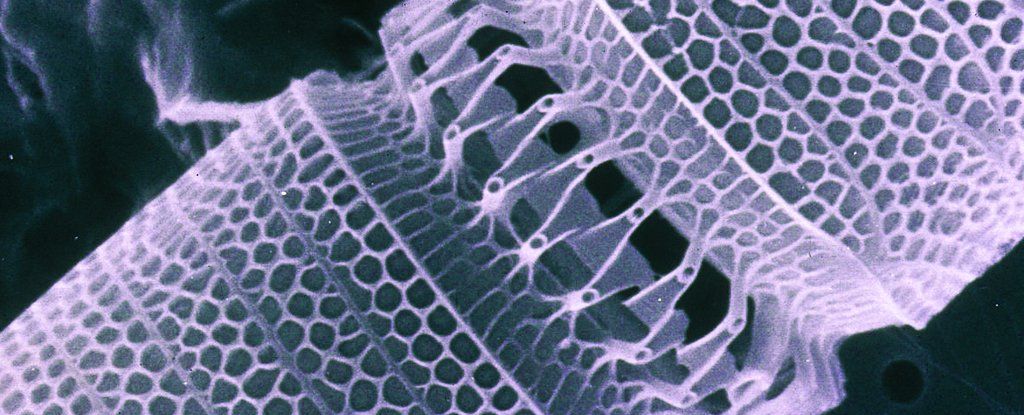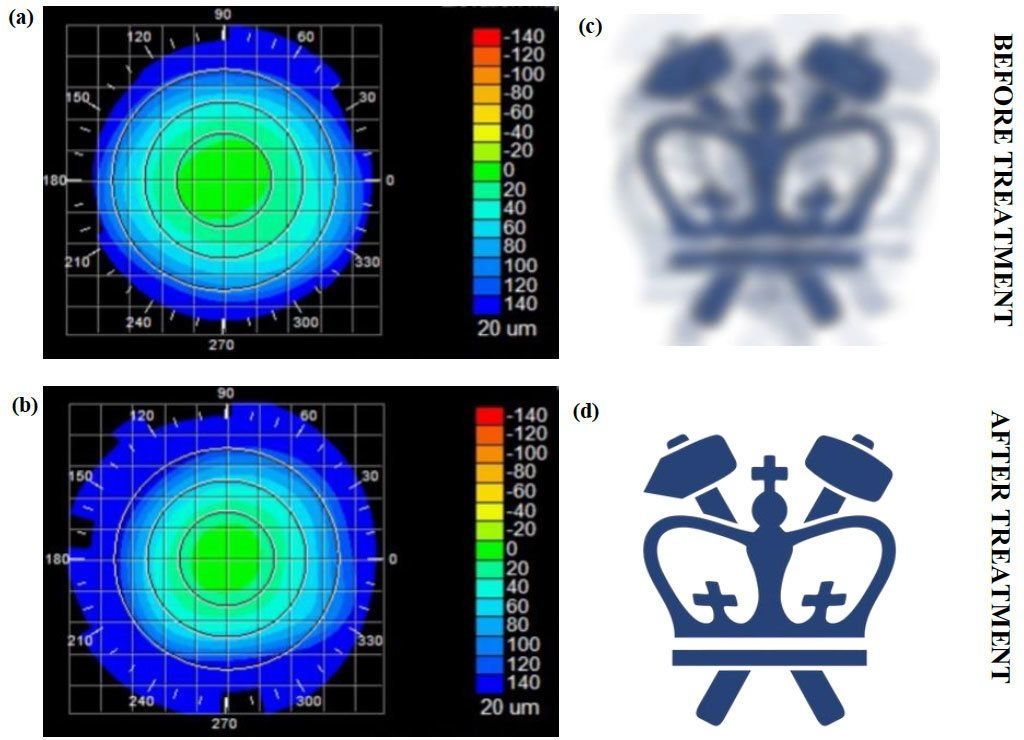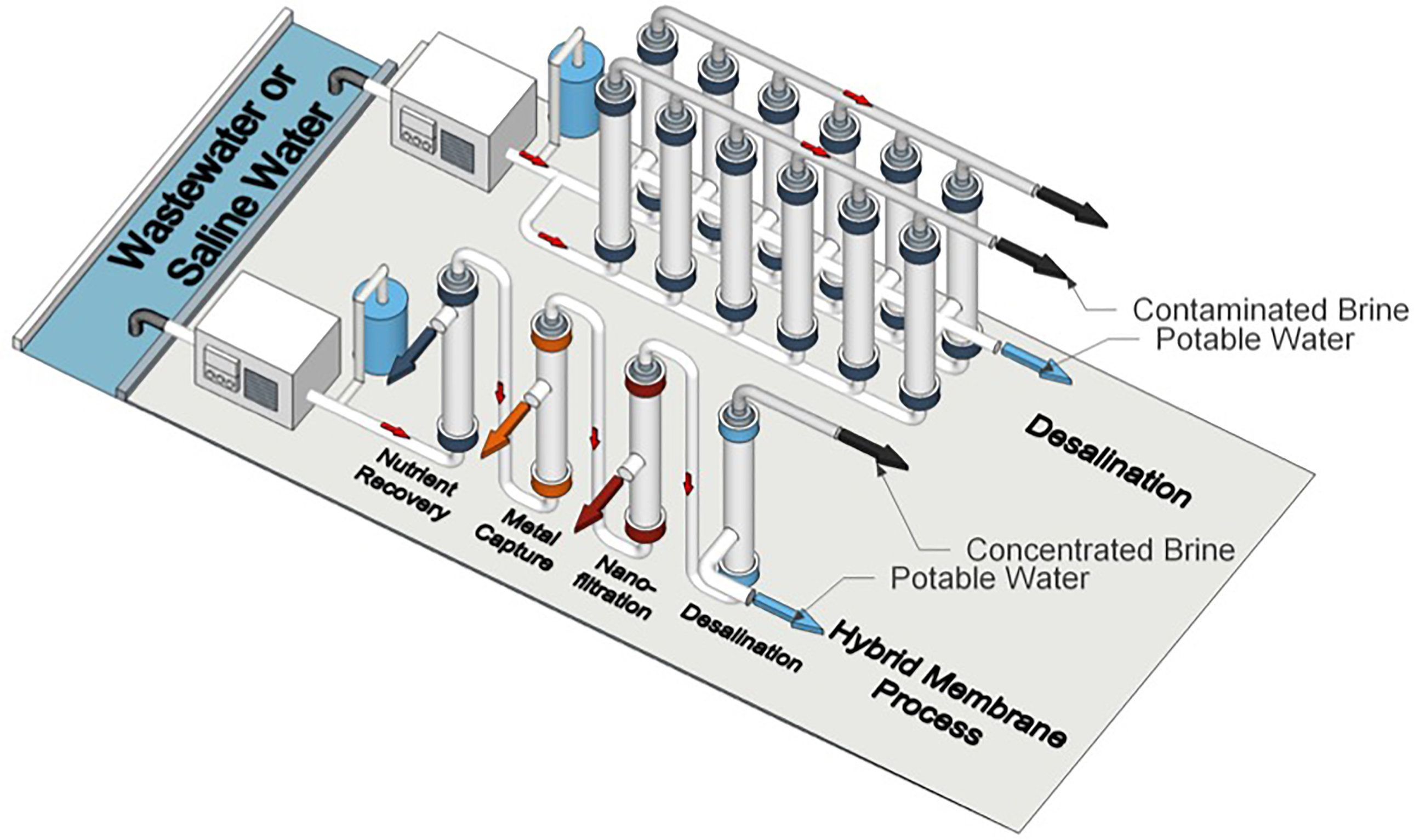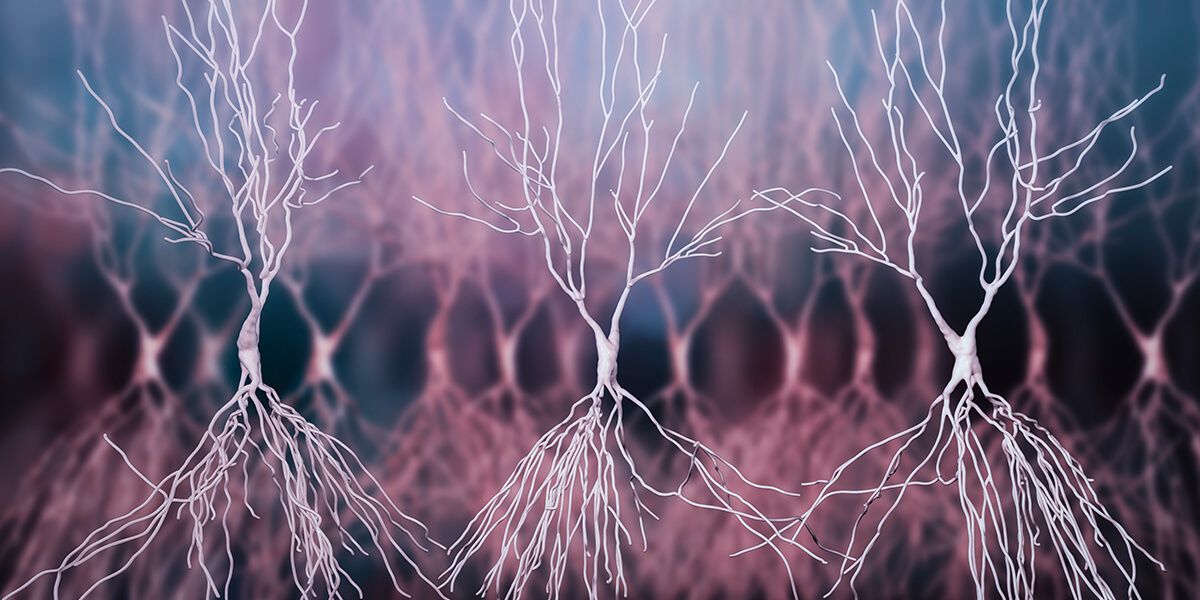LAS CRUCES, NM (Spaceport America PR) — Student rocketeers from around the globe will gather at Spaceport America June 21–23 for the Second Annual Spaceport America Cup, the world’s largest Intercollegiate Rocket Engineering Competition for student rocketry teams. The public in invited to meet the team and see their projects on June 19 in nearby Las Cruces, NM. Spaceport America is located between the cities of Las Cruces and Truth or Consequences, New Mexico.
More than 130 teams from US and international colleges and universities – including Canada, Egypt, Great Britain, India, Mexico, Poland, Turkey, Switzerland, as well as 31 of the 50 US States, plus the District of Columbia, and four of 13 Canadian provinces and territories – are registered. The competition will be challenging for the participants and exciting for spectators, as students will be launching solid, liquid, and hybrid rockets to target altitudes of 10,000 and 30,000 feet.
Among the events open to the public, under the auspices of the Experimental Sounding Rocket Association and Spaceport America, are:







